Picking Pomegranates – Learn About Harvesting Pomegranate Fruit
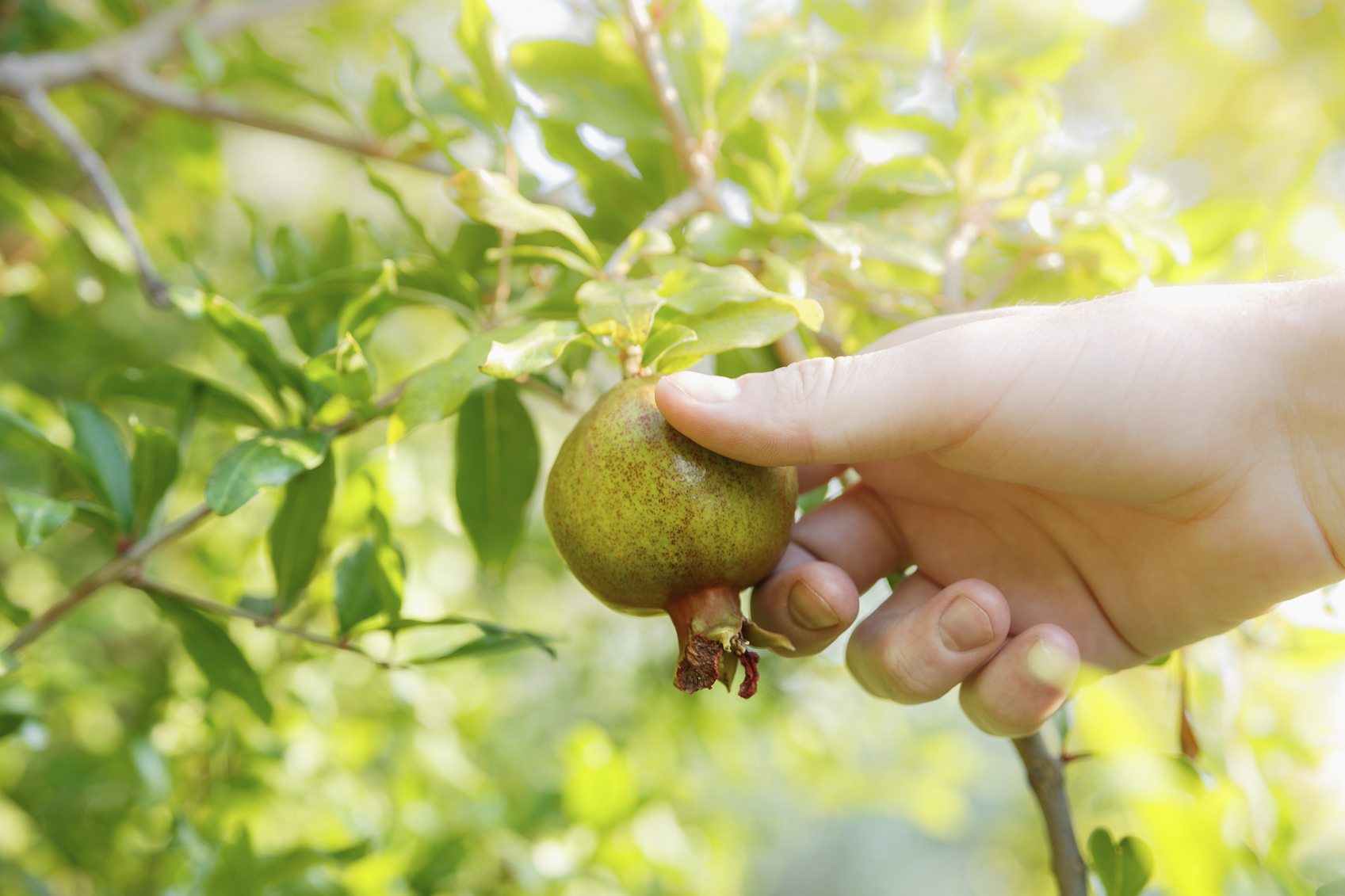
Pomegranates used to be a rather exotic fruit, one that was imported and eaten on special occasions. Today, due to its designation as a “superfood,” pomegranates and their juice feature prominently in almost every local grocery. In fact, pomegranates have become so popular that many people in USDA zones 7 to 10 are trying their hand at growing and picking their own pomegranates. So how and when do you harvest pomegranates? Read on to learn more.
When to Harvest Pomegranates
Native from Iran to the Himalayas in northern India, pomegranates have been cultivated for centuries for their juicy arils. They are grown in mild temperate to subtropical climates in regions with cool winters and hot summers. Drought tolerant, the trees actually prefer a semi-arid climate, planted in deep, acidic loam with good drainage. Don’t expect to begin harvesting pomegranate fruit until three to four years after planting. Once the trees have reached that age of maturity, the fruit will ripen about six to seven months after flowering – generally making harvest season for pomegranates in September for early ripening varieties and continues through October for later ripening cultivars. When harvesting pomegranate fruit, pick when the fruit is fully ripe and a deep red in color since it does not continue to ripe post-harvest. Begin picking pomegranates when the fruit makes a metallic sound when you tap it with your finger.
How to Harvest Pomegranates
When you are ready to harvest, cut the fruit from the tree, don’t pull it off. Cut the fruit as close as possible to the branch, taking the stem with the fruit. Store pomegranates in the refrigerator for up to six or seven months, that is if you can wait that long to eat this delicious, nutritious fruit.
Gardening tips, videos, info and more delivered right to your inbox!
Sign up for the Gardening Know How newsletter today and receive a free copy of our e-book "How to Grow Delicious Tomatoes".

Amy Grant has been gardening for 30 years and writing for 15. A professional chef and caterer, Amy's area of expertise is culinary gardening.
-
 Looking For Plants To Give You The Soft And Fuzzies? Try These 5 Fuzzy Leaf Plant Options
Looking For Plants To Give You The Soft And Fuzzies? Try These 5 Fuzzy Leaf Plant OptionsLovers of texture, drama, silver foliage and tactile plants will adore these special sensory garden additions. These fuzzy leaf plant options will leave you all aglow
By Susan Albert
-
 Get Ready For A Summer Of Hummers! Grow These Full Sun Hummingbird Plants and Flowers
Get Ready For A Summer Of Hummers! Grow These Full Sun Hummingbird Plants and FlowersIf you’re lucky enough to enjoy a sunny backyard, make sure you are maxing out on your pollinator opportunities and grow these full sun hummingbird plants and flowers
By Tonya Barnett
-
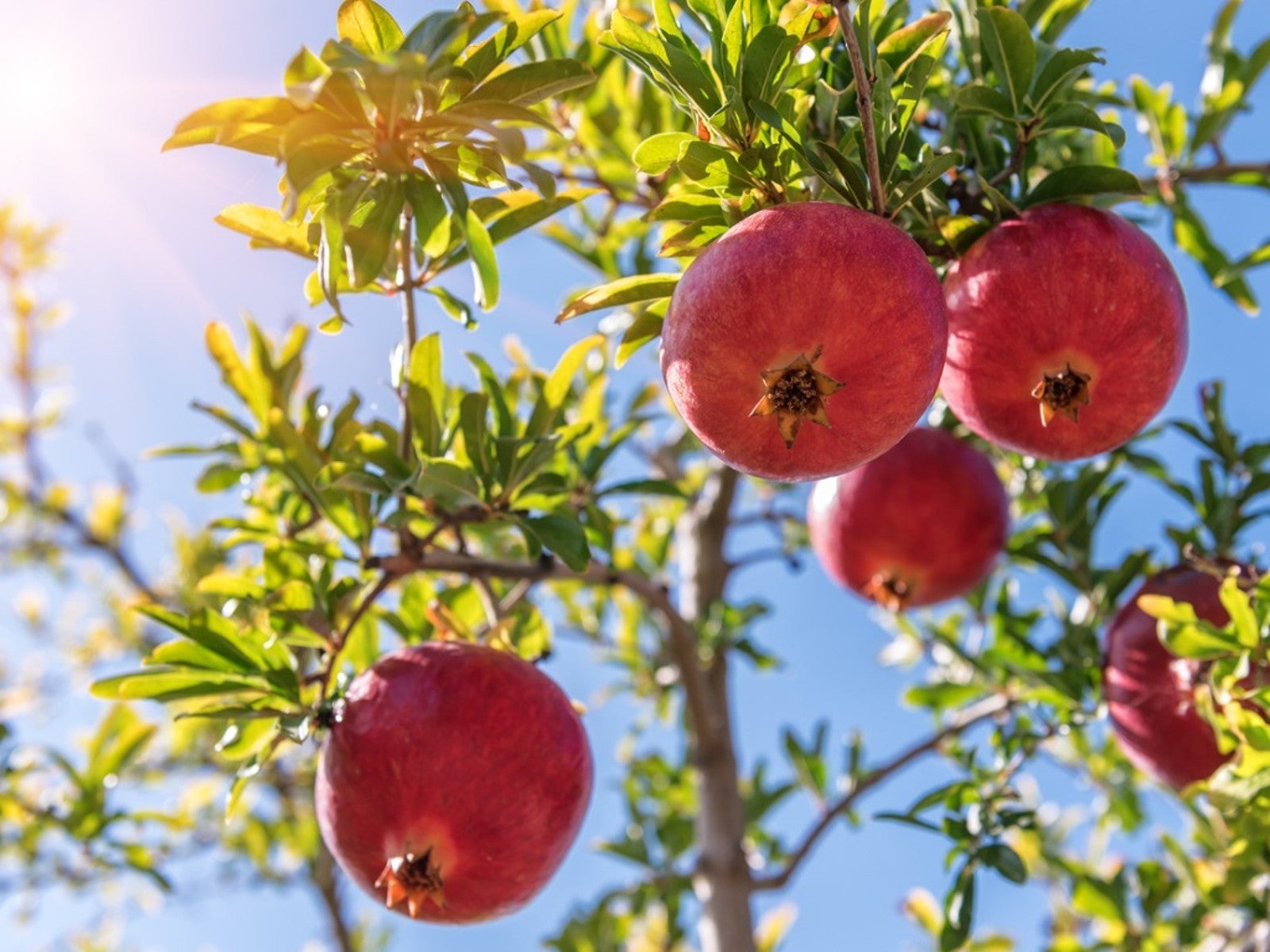 Replanting Container Grown Pomegranate – Tips On Transplanting Potted Pomegranates Outside
Replanting Container Grown Pomegranate – Tips On Transplanting Potted Pomegranates OutsideIt’s pretty easy to transplant a potted pomegranate outdoors. Click for more information on moving a potted pomegranate.
By Teo Spengler
-
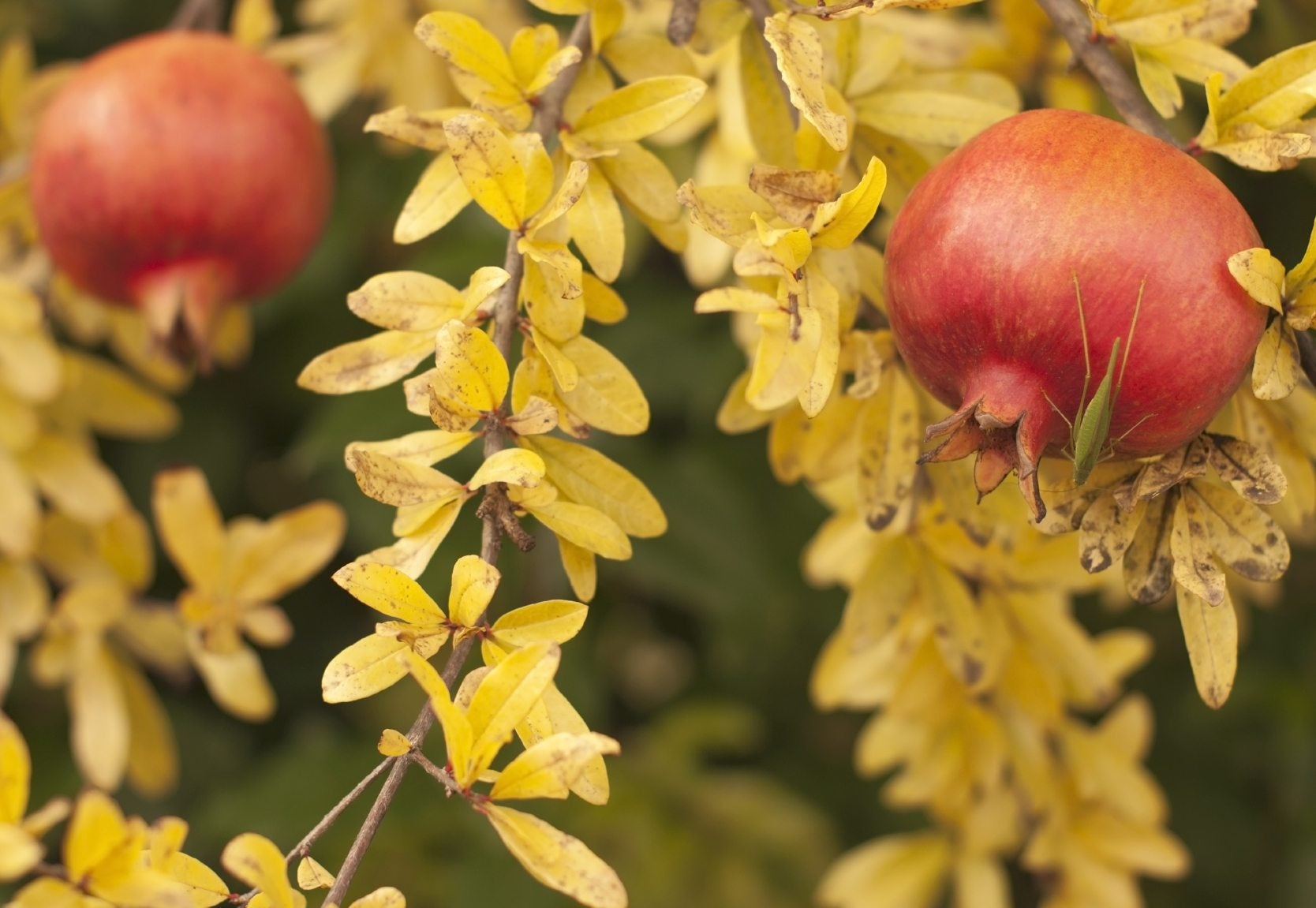 Yellowing Leaves On Pomegranate: Why Pomegranate Leaves Turn Yellow
Yellowing Leaves On Pomegranate: Why Pomegranate Leaves Turn YellowGrowing a pomegranate tree can be a rewarding experience filled with delicious fruits and beautiful juice, but growing these fruit trees isn't all paradise. If your plant is looking a little off, with yellowing leaves, click here to learn how to save it.
By Kristi Waterworth
-
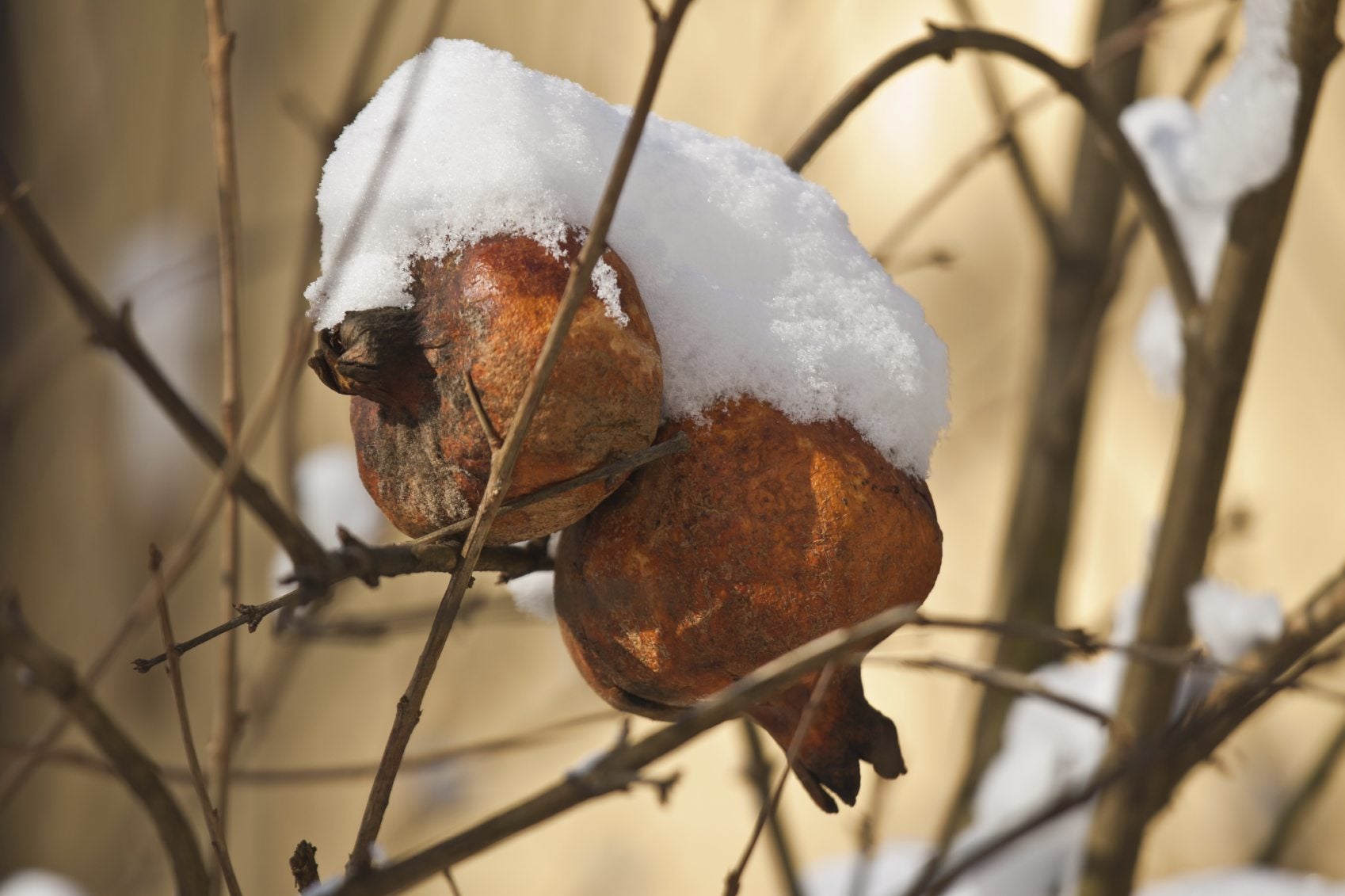 Pomegranate Winter Care: How To Care For Pomegranate Trees In Winter
Pomegranate Winter Care: How To Care For Pomegranate Trees In WinterPomegranates hail from the far eastern Mediterranean so as you may expect they appreciate plenty of sun and should be protected in the winter time. How do you go about overwintering pomegranate trees? Find out in this article.
By Amy Grant
-
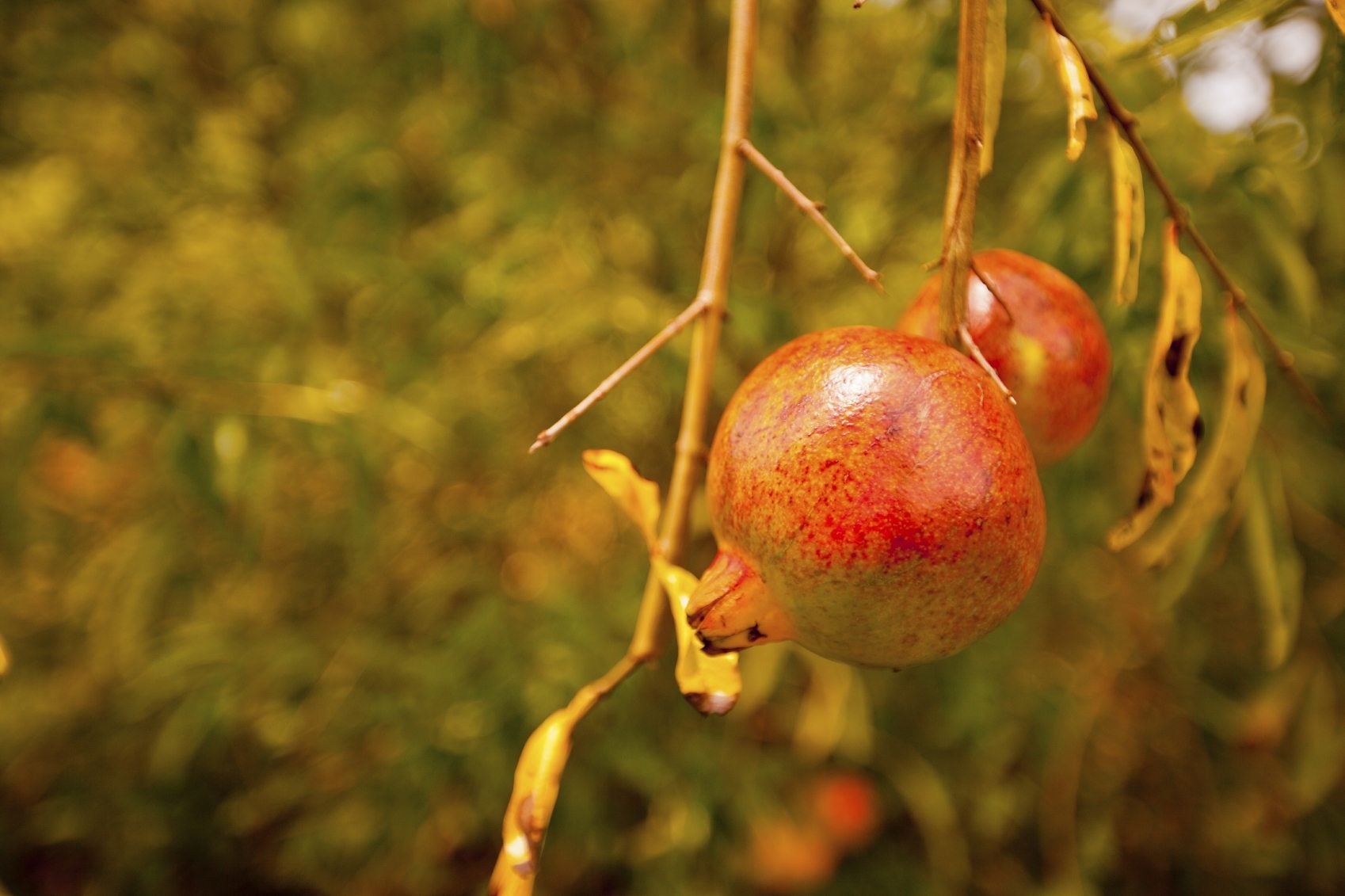 Pomegranate Tree Leaves Falling Off: Why Do Pomegranate Trees Lose Leaves
Pomegranate Tree Leaves Falling Off: Why Do Pomegranate Trees Lose LeavesPomegranates are typically grown for their fleshy, sweet-tart edible fruits. That being said, pomegranate leaf loss can be a frustrating problem for many gardeners. Click on the article that follows to learn why this happens.
By Karen Boness
-
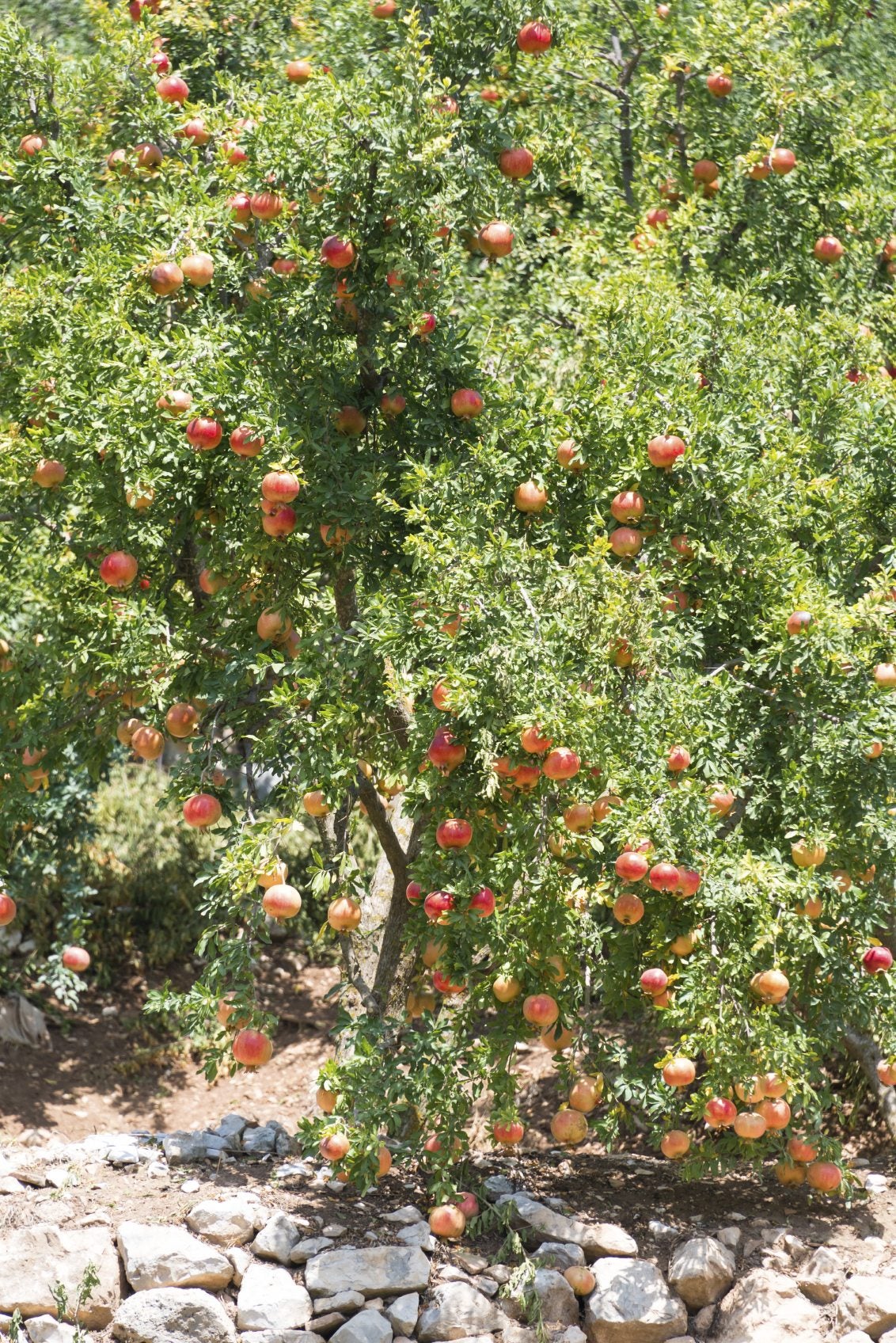 Pomegranate Tree Pruning – Learn About The Cutting Of Pomegranates
Pomegranate Tree Pruning – Learn About The Cutting Of PomegranatesIt is important to prune pomegranate trees properly if you want to increase fruit production and maintain an attractive form. Unfortunately, these two goals are in conflict. Learn more about pruning pomegranates in this article.
By Karen Boness
-
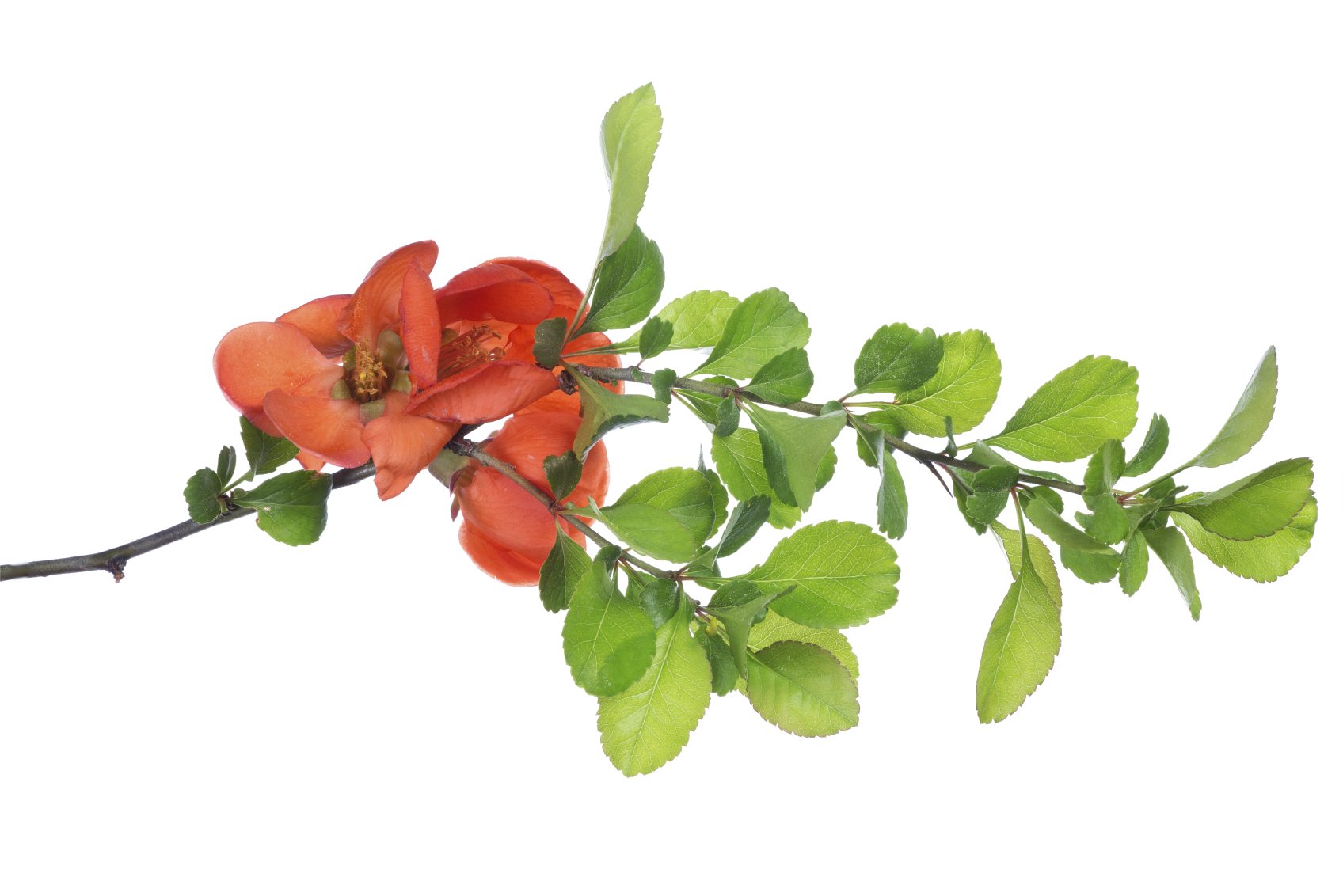 Propagating Pomegranate Trees: How To Root A Pomegranate Tree
Propagating Pomegranate Trees: How To Root A Pomegranate TreeGrowing a pomegranate tree from cuttings is cost-free and relatively easy. Find more information about how to root a pomegranate tree from pomegranate tree cuttings in the article that follows. Click here to learn about pomegranate propagation.
By Teo Spengler
-
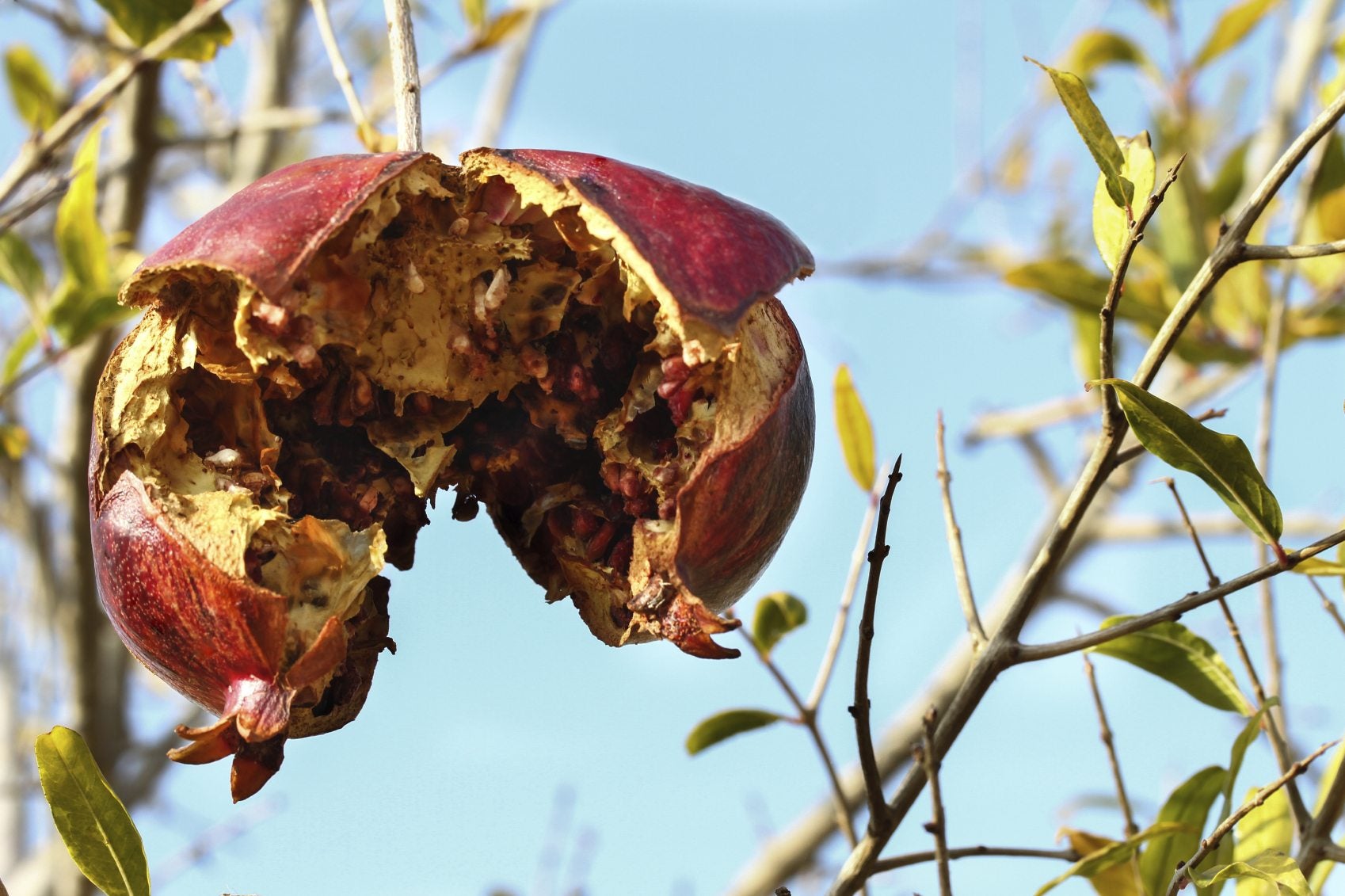 Problems Of Pomegranates: Learn About Diseases In Pomegranate
Problems Of Pomegranates: Learn About Diseases In PomegranatePomegranate fungal diseases are a common issue in plants grown in wet regions. Other diseases in pomegranate are rarer and not permanently damaging to the tree. Learn the problems of pomegranates in this article. Click here for more info.
By Jackie Carroll
-
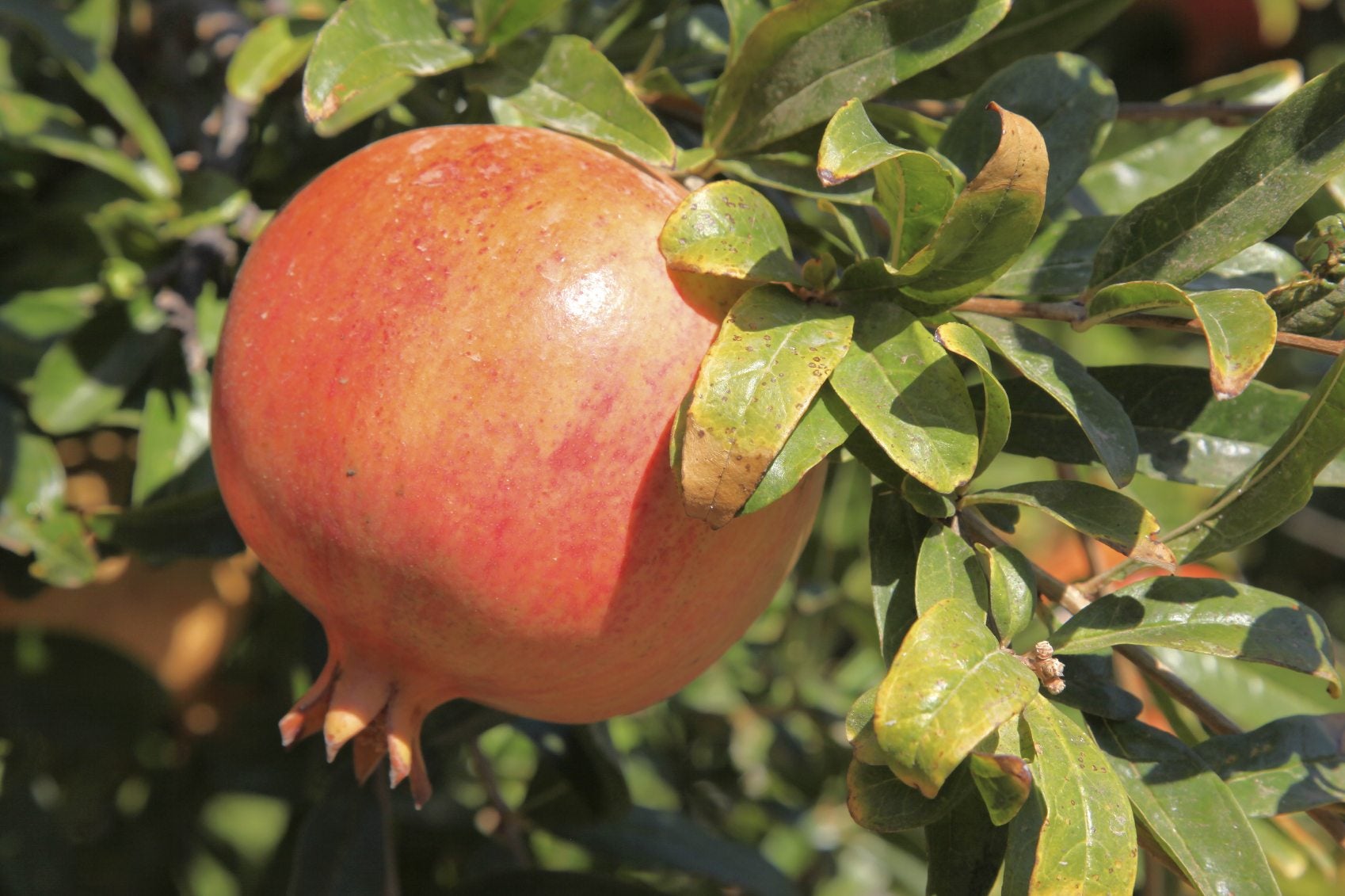 Pomegranate Leaf Curl: Why Pomegranate Tree Leaves Are Curling
Pomegranate Leaf Curl: Why Pomegranate Tree Leaves Are CurlingIf you're lucky enough to grow pomegranate trees where you are, you may occasionally see leaf curling. Several insects and disorders can cause pomegranate leaf problems. Find out why the leaves curl on pomegranates and what you can do about it in this article.
By Jackie Carroll